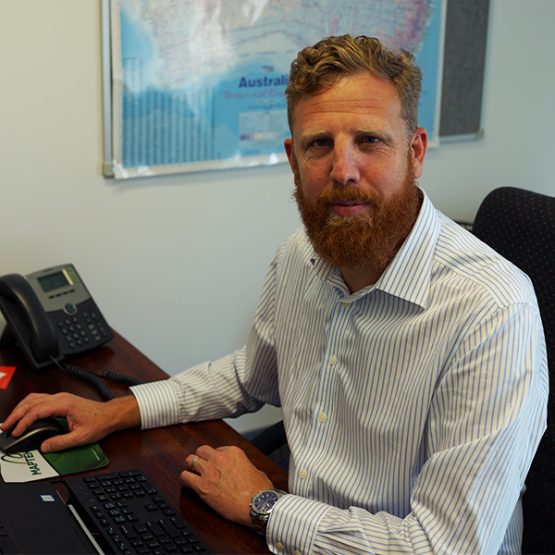Making valuable MWD data a reality in hard rock mines
‘When will hard rock mines be able to make the same use of MWD data with your software as they can at coal mines?’
This is a question I got asked at Fragblast back in June, and it’s come up again at ISEE this week, so I thought it was worth expanding this conversation.
As we know, MWD – Measurement Whilst Drilling – data is susceptible to variability due to geology, sensors and equipment set-up and operator influence. Calibration that is monitored to ensure each drill system is operating within acceptable operational tolerances is also an important requirement to ensure data integrity. However, incorporating MWD into mining workflows offers opportunities for significant time saving when processing and modelling data and validating resource models.
There are already some great industry examples of sustainably using MWD to validate the resource model, optimise blasting and determine geotechnical structures in mine operations. For example, several large Australian coal mines use Maptek Eureka to automatically assign lithology boundaries from MWD or downhole geophysical data (such as gamma) to enable accurate modelling of coal seams. Using this technique on faulted and dipping and highly variable coal seams has proven to be very accurate and reliable compared to traditional touch-coal depths recorded by the drill operator.

The application of MWD data in hard rock mines has long been of interest, with several miners and technology firms developing and evaluating the capability. Reflecting on what has been achieved in coal, the solution needs to substantially reduced the amount of time processing the data and model the structures. Importantly, the workflow must be repeatable and scalable to many users, and the results able to be applied to the resource model.
Applying this technique to other strata targets requires the capability to accurately interpret far more subtle differences in rock types, ore-grade boundaries and geotechnical features so it can reliably be used for hard rock mines. Issues of variability and calibration are of even more importance, which ultimately suggests that procedures and business processes within mine production cycles will be critical if MWD data is to be utilised in a sustainable way that creates value.
While fully autonomous solutions will be more readily accepted by industry in the future, it is not presently as simple as turning on some sensors on a drill rig and automatically visualising accurately interpreted data that everyone can hang their hat on and start using across the site. There’s too much money at stake, so geologists and geoscientists will (as they should!) take great care in ensuring that their MWD data is accurate and actionable.
Creating and entrenching a repeatable and robust business process targeted at managing these variabilities is crucial in achieving productivity gains.
Equally important is the requirement to implement a technology that readily integrates MWD data with grade control, geotechnical, drill and blast and scheduling processes, and downstream operations and reconciliation activities. Due to the demanding and dynamic nature of the mine production cycle, the workflow in performing this task must be streamlined and ideally automated. Realistically, geologists and geoscientists would still have a critical role to validate the interpretations and model accurate structures and boundaries that can be widely distributed and used across all functional areas of the mine.
Maptek loves a challenge, and this one is very exciting. Consider our roadmap: automation is the key to improvement at all levels – safety, productivity, profitability, auditability, repeatability … and job satisfaction. Our approach goes beyond developing ‘black box’ solutions, and sees us collaborating with customers’ functional teams and drill technology providers to develop scalable and sustainable solutions to harnessing MWD.
Mining professionals have so much expertise that can be used to great effect when they are freed up from routine tasks. We’ve proved this in coal mines. Hard rock is well on the way, and MWD will really rock (excuse the pun) when expert input (from geos, engineers etc.) plays its part.



